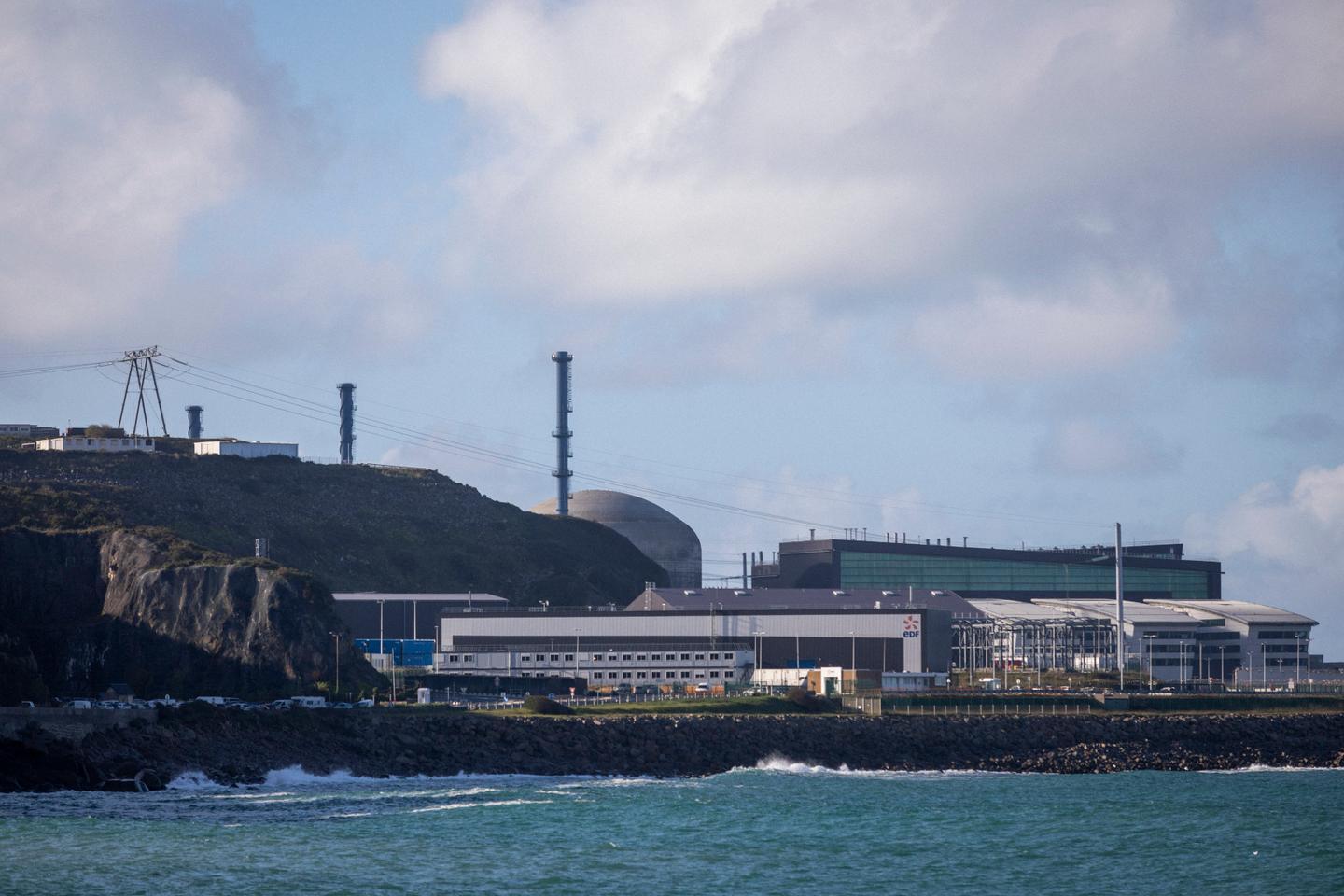Summary
France’s Flamanville 3 nuclear reactor, its most powerful at 1,600 MW, was connected to the grid on December 21 after 17 years of construction plagued by delays and budget overruns.
The European Pressurized Reactor (EPR), designed to boost nuclear energy post-Chernobyl, is 12 years behind schedule and cost €13.2 billion, quadruple initial estimates.
President Macron hailed the launch as a key step for low-carbon energy and energy security.
Nuclear power, which supplies 60% of France’s electricity, is central to Macron’s plan for a “nuclear renaissance.”



At least this one is on the coast so it can still run when the rivers dry up.
But holy shitsnacks 3½ times slower than planned and 4 times more expensive. No wonder no new nuclear power plants have been built in a generation when the ones coming online now were all delayed by a generation.
4 times budget sounds more than it is. You have to underbid to actually get contracts for construction and then it also depends on what was actually missing in the specification.
Big projects are never on budget because the budget is just an arbitrary number of lowballing the best case estimate
Also any project that takes longer than the initial estimate will be overbudget, not only because you are paying local workers for longer (fairly good for the economy) but simply because inflation has happened more since the project started.
Yeah, also financing cost for equipment and material sitting around which usually comes as a cost to the contractor.
… but we make decisions about economic viability on that basis??
The hope of these new small modular reactors is they can cut the time down.
Less land, mass manufactured in a factory and shipped to location.
That should help with estimated costs being closer to real costs.
Even if they’re still expensive, being able to better plan and predict things is huge.
Except that’s all been tried and promised before. The concept of SMRs is nothing new. It’s been tried again and again, every few years since the 1970s. It’s never panned out, and the promised savings from mass production of small reactors never materializes.
It might have been promised for awhile, but we’re finally at the point of certain plans getting government approvals. It takes time. We might start seeing some finally start to get built in the 2030’s
Edit: This ones says 2029 operational, but see, it wasn’t even certified until 2023, and this is the first SMR certified in the USA. Its taken forever to get SMRs certified.
https://www.energy.gov/ne/articles/nrc-certifies-first-us-small-modular-reactor-design
The full price is still less than 1/4 of Doge Coin’s market cap.
It doesn’t help when all the senior employees from last time you built a reactor have retired and anyone who hasn’t retired was pretty junior the last time around. For projects where you have to get everything right the first time, so can’t just try things to see what works, it’s devastating to stop doing them if you ever might need to start again.
Yeah, that’s the whole joke.
In my mother’s hometown, they finally decided which architect would redesign the townhall after it’s roof burnt down. Five years ago. And this is a rich town. France is fucking useless at getting shit done fast. It’s depressing really. This plant finally getting built is a fucking miracle!